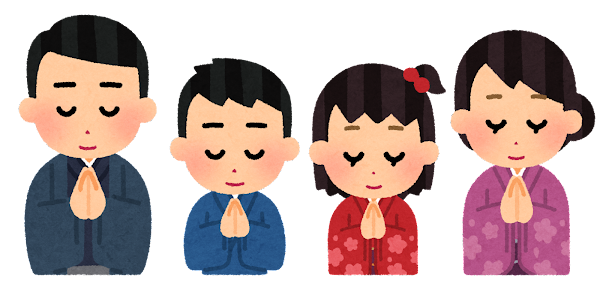Introduction of kimono
Kimono is a traditional Japanese garment. A straight T-shaped garment that wraps around the body and is tied with an obi. Kimonos are made of various fabrics such as silk, cotton, and linen, and come in a wide variety of colors and patterns.
Kimono has a long and rich history. It is believed to have originated in ancient China and was brought to Japan via the Korean Peninsula. The first kimonos were made of hemp and were worn by nobles. Over time, the kimono became associated with the samurai class. During the Edo period (1603-1868), the kimono became the everyday wear of the Japanese.
Modern kimono
Although kimono is no longer an everyday wear, it is still part of Japanese culture. They are often worn on special occasions such as ceremonial occasions and tea ceremonies. It is also worn by geisha and maiko.
Kimono in popular culture
Kimonos appear in many works of art, including paintings, sculptures, and photographs. It has also appeared in movies such as Akira Kurosawa’s Rashomon and Hayao Miyazaki’s Spirited Away. In recent years, the popularity of kimonos has risen again, both in Japan and overseas.
How to wear Kimono


